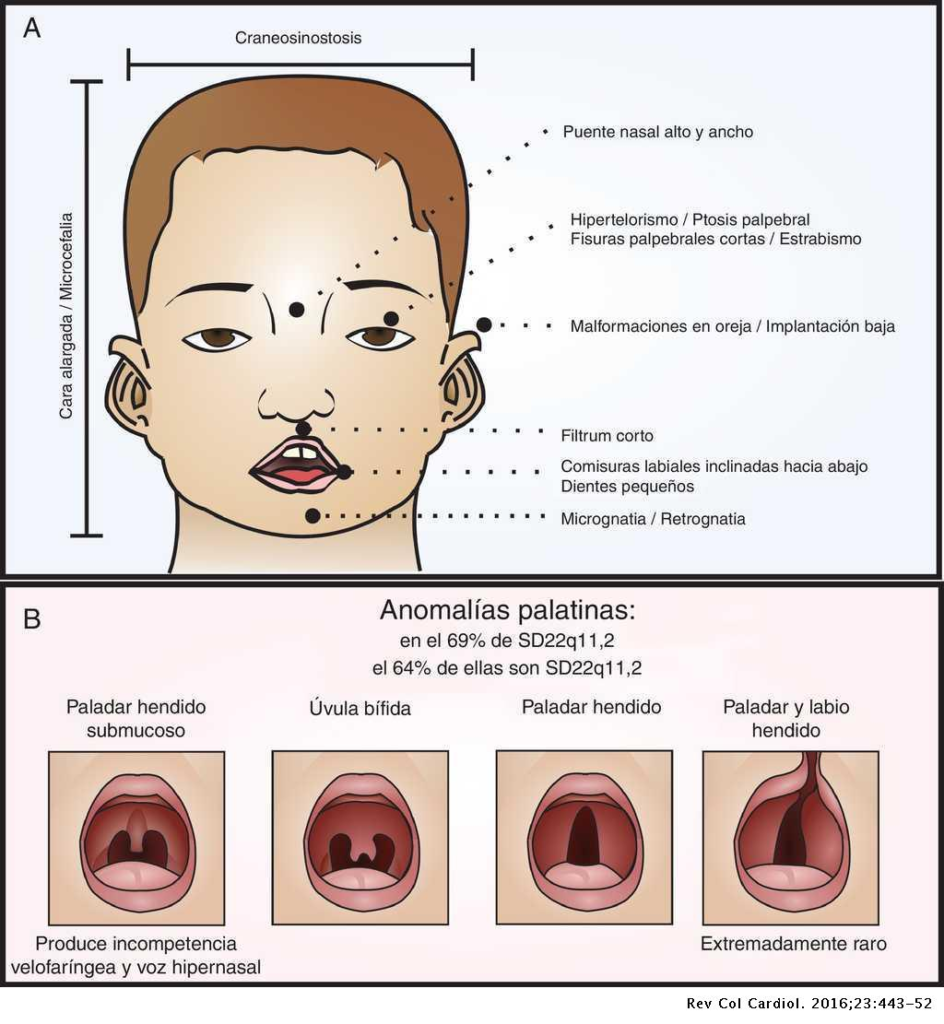Definiciones.
- Trastorno del neurodesarrollo no sindrómico: Se caracteriza por la ausencia de signos y síntomas médicos y conductuales asociados.
- Trastorno del neurodesarrollo sindrómico: Se caracteriza por la presencia de signos y síntomas médicos y conductuales asociados.
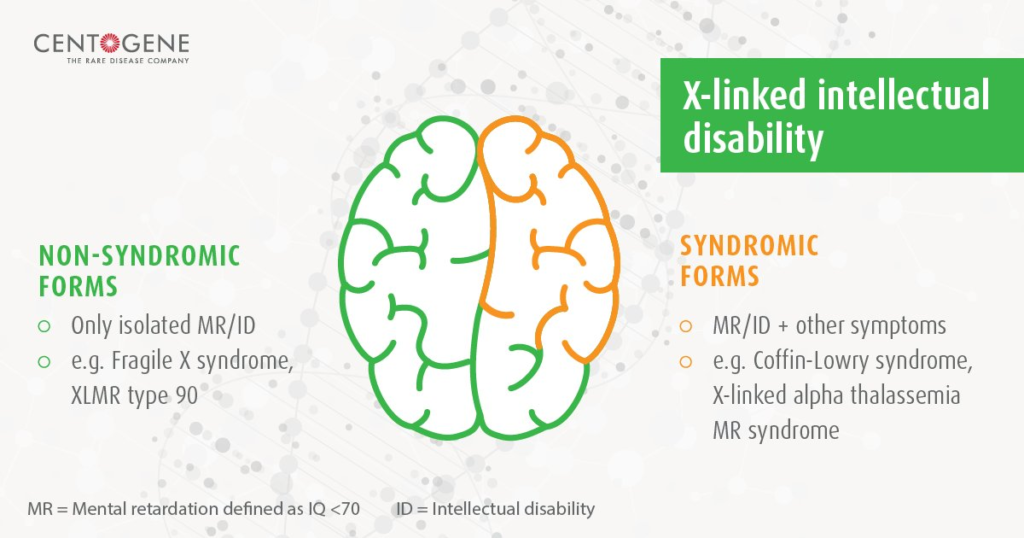
Bases biológicas de los trastornos sindrómicos.
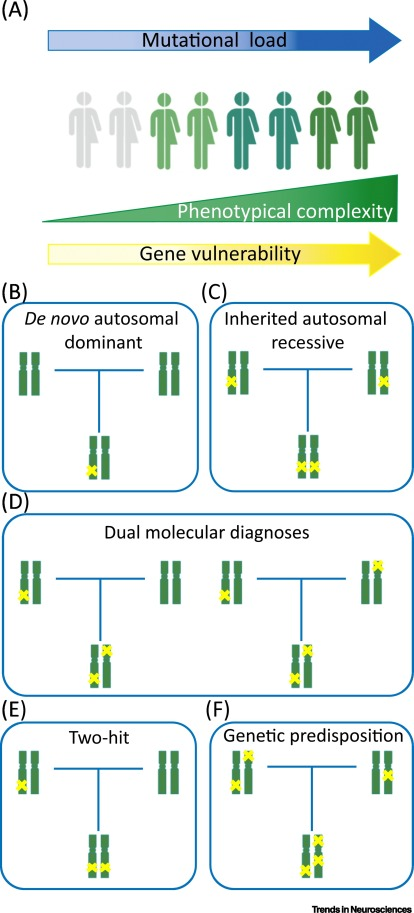
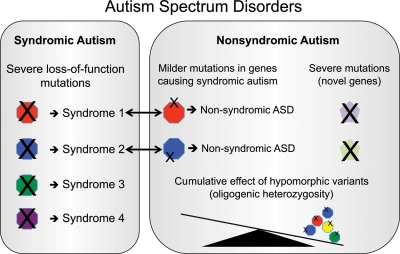
Importancia para la investigación de los trastornos sindrómicos.
1.
Sztainberg Y, Zoghbi HY. Lessons learned from studying syndromic autism spectrum disorders. Nat Neurosci [Internet]. 2016 Nov [cited 2023 Jan 30];19(11):1408–17. Available from: https://www.nature.com/articles/nn.4420
Claves fenotípicas para el diagnóstico de los síndromes más reconocibles que cursan con trastornos del neurodesarrollo. Para más información consultar en The Bedside Dysmorphologist.
Síndrome de Wolf-Hirschhorn – Greek helmet.
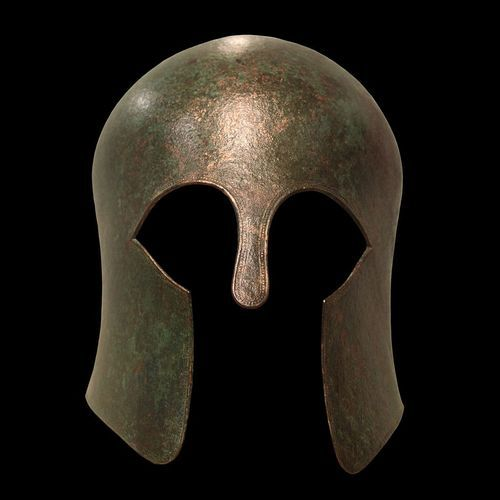
Prader-Willi – Obesidad e hiperfagia.
Diagnóstico diferencial de los síndromes Prader-Willi like.
1.
Juriaans AF, Kerkhof GF, Hokken-Koelega ACS. The Spectrum of the Prader–Willi-like Pheno- and Genotype: A Review of the Literature. Endocrine Reviews [Internet]. 2022 Feb 1 [cited 2022 May 25];43(1):1–18. Available from: https://doi.org/10.1210/endrev/bnab026
Síndrome de Schaaf-Yang.
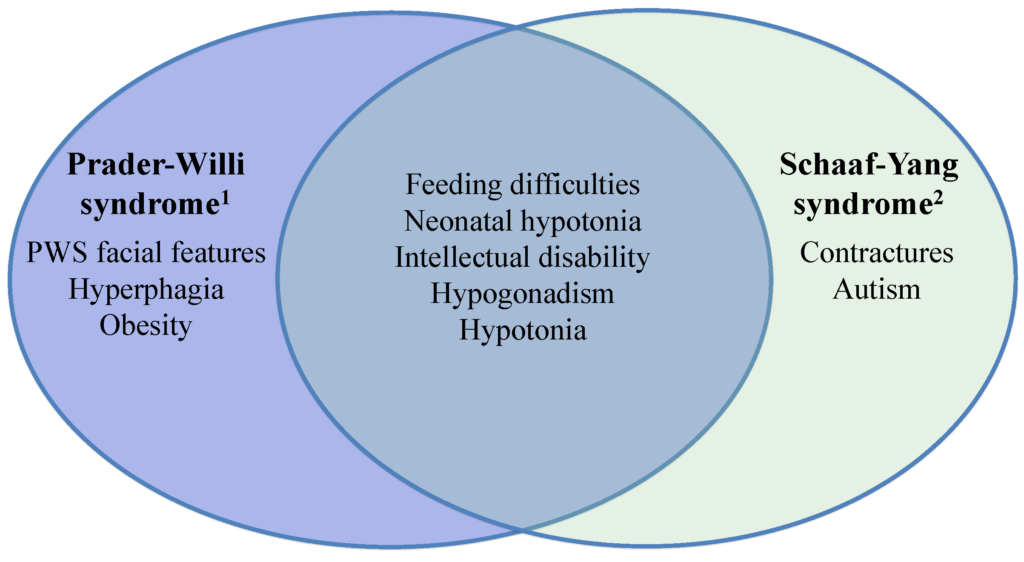
Subfenotipo P-W like del X-fragil.
1.
Nowicki ST, Tassone F, Ono MY, Ferranti J, Croquette MF, Goodlin-Jones B, et al. The Prader-Willi phenotype of fragile X syndrome. J Dev Behav Pediatr. 2007 Apr;28(2):133–8.
Otros síndromes de microdelección.
1.
Rocha CF, Paiva CL. Prader-Willi-like phenotypes: a systematic review of their chromosomal abnormalities. Genet Mol Res [Internet]. 2014 [cited 2016 Sep 26];13(1):2290–8. Available from: http://www.geneticsmr.com/year2014/vol13-1/pdf/gmr4395.pdf
Síndrome de Angelman – Ausencia de lenguaje – Fascinación por el agua.
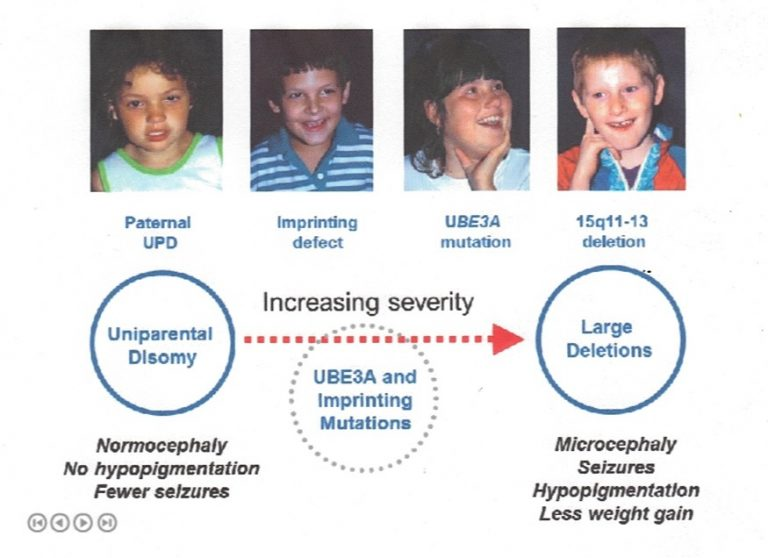
Síndromes Angelman-like.
1.
Tan WH, Bird LM, Thibert RL, Williams CA. If not Angelman, what is it? a review of Angelman-like syndromes. American Journal of Medical Genetics Part A [Internet]. 2014 [cited 2015 May 29];164(4):975–92. Available from: http://doi.wiley.com/10.1002/ajmg.a.36416
Síndrome Pitt-Hopkins.
Síndrome de Phelan-McDermid
Síndrome de Christianson
Síndrome de Mowat-Wilson
Síndrome de Kleefstra
Síndrome de Cornelia de Lange – Cejas.
Espectro de las Cohesinopatías y CdL-like.
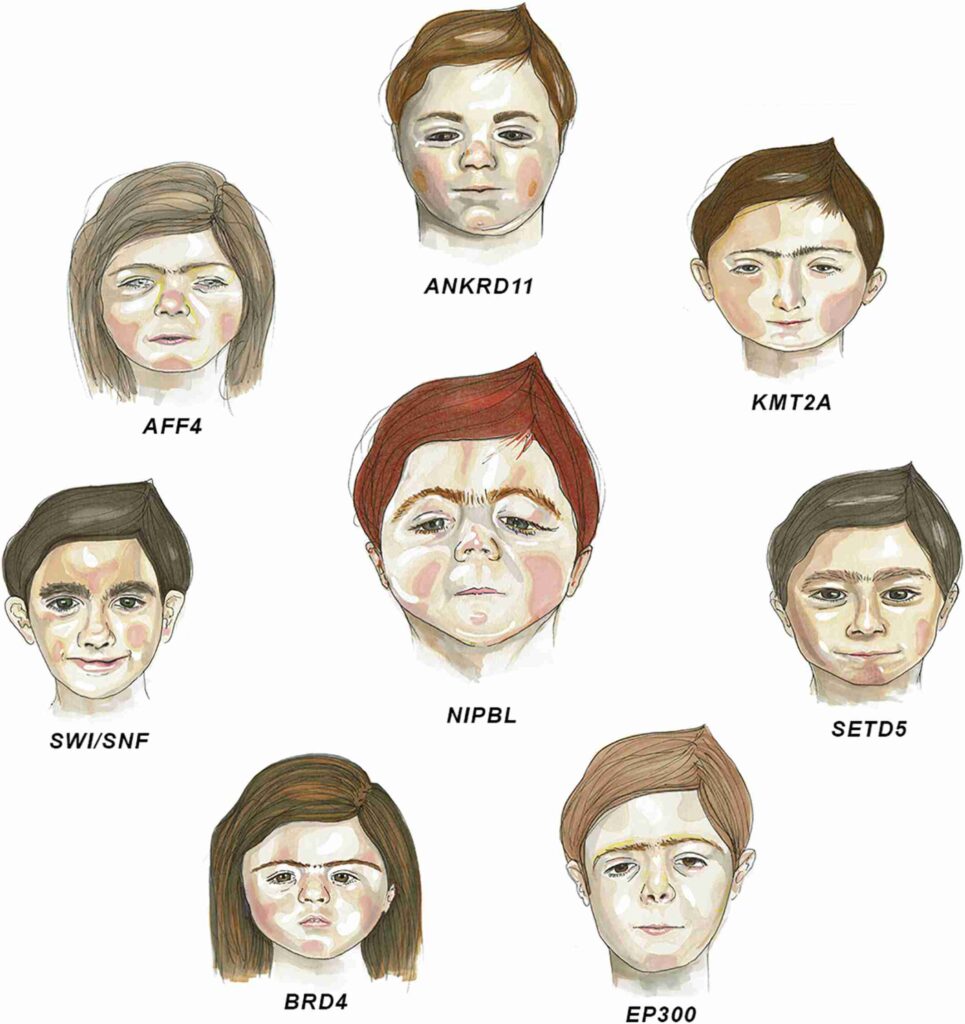

Síndrome de Rubinstein-Taybi – Pulgar.
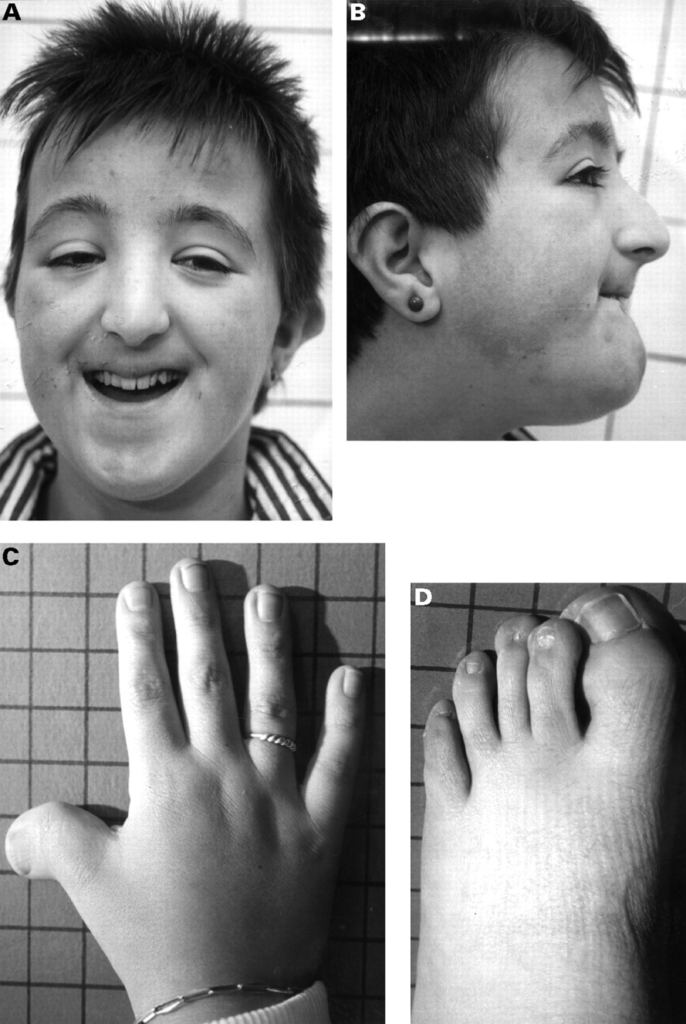
KBG syndrome – Macrodontia.
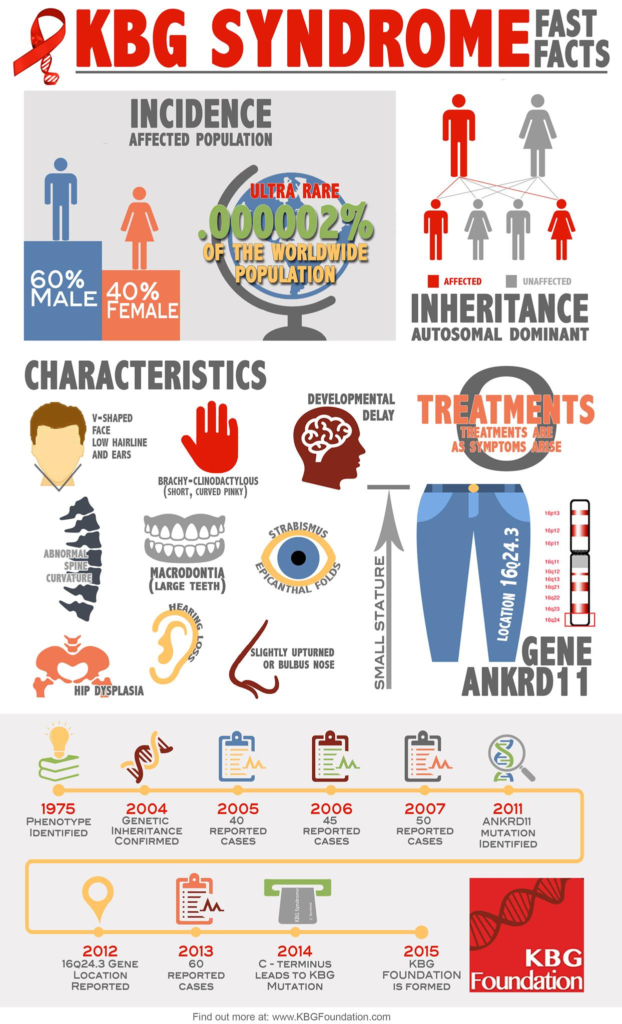

Síndrome de Smith-Lemni-Opitz – Sindactilia del 2-3 dedo.
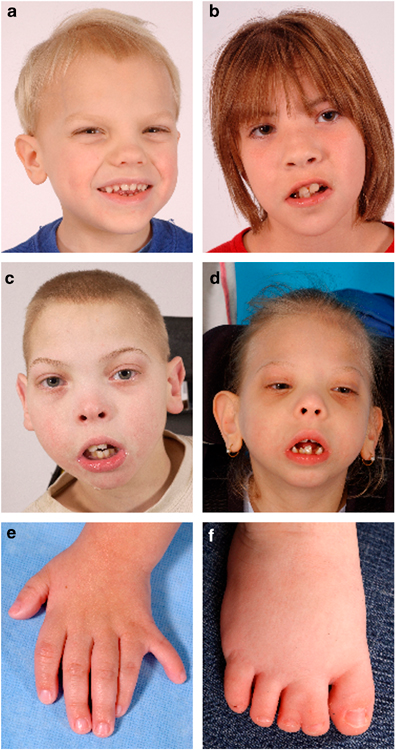
Síndrome de Smith-Magenis – Poliembolokoilomania.
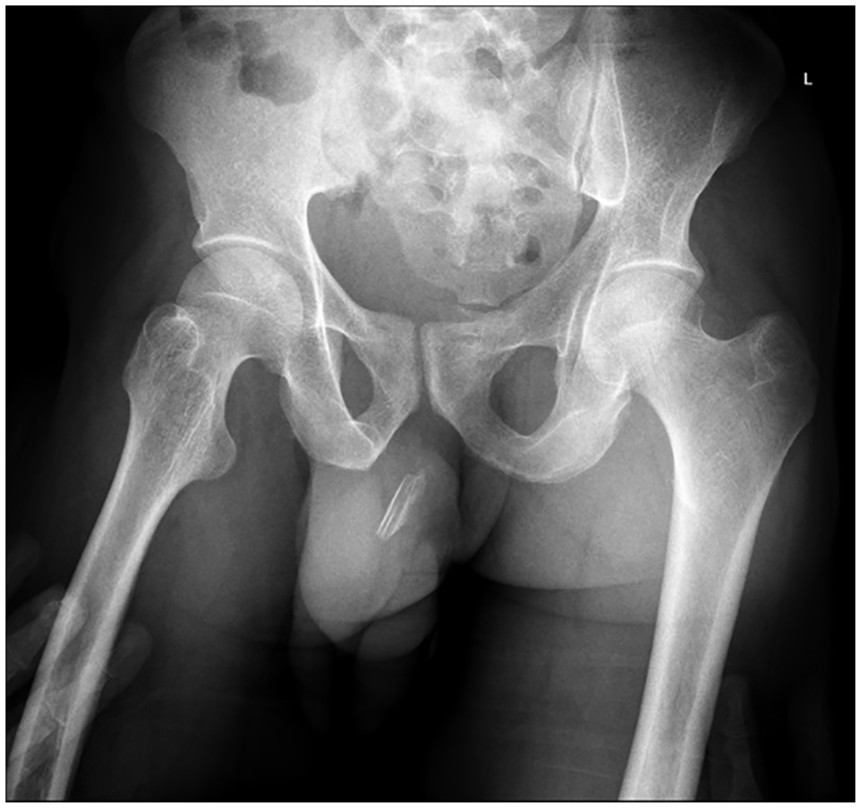
Síndrome de Kabuki – Hendiduras palpebrales.
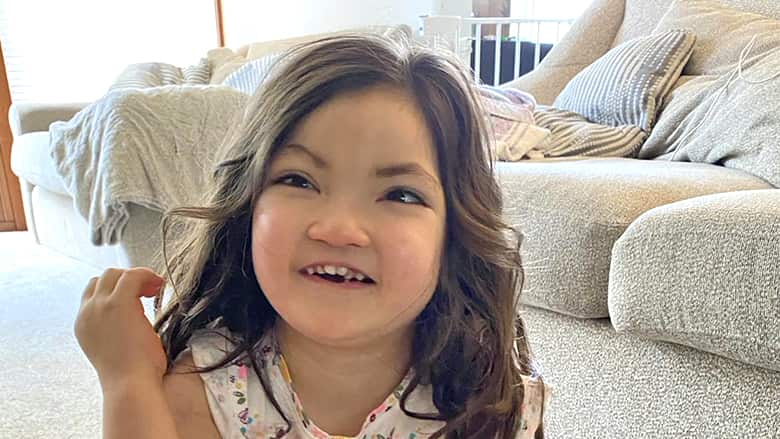
Otros síndromes que afectan a las histonas.
Síndrome de Wiedemann-Steiner.


